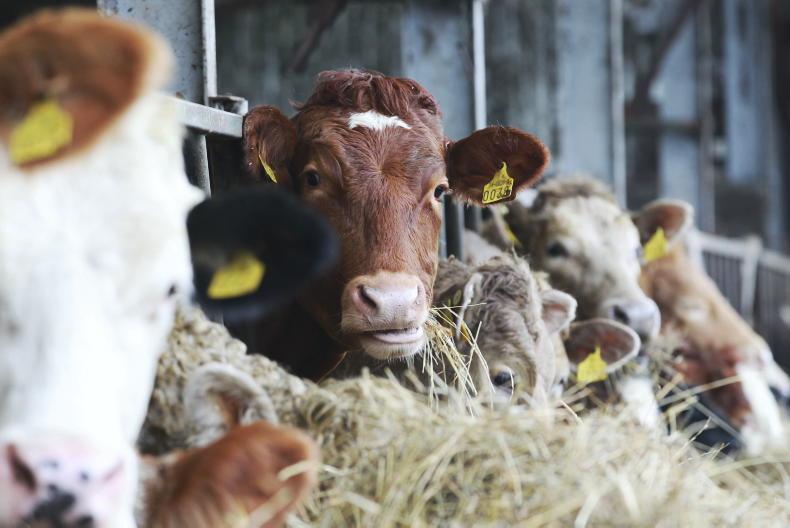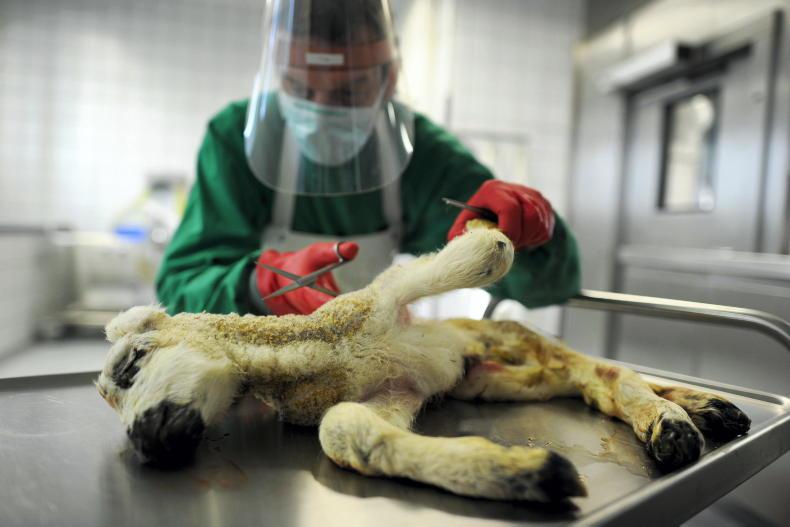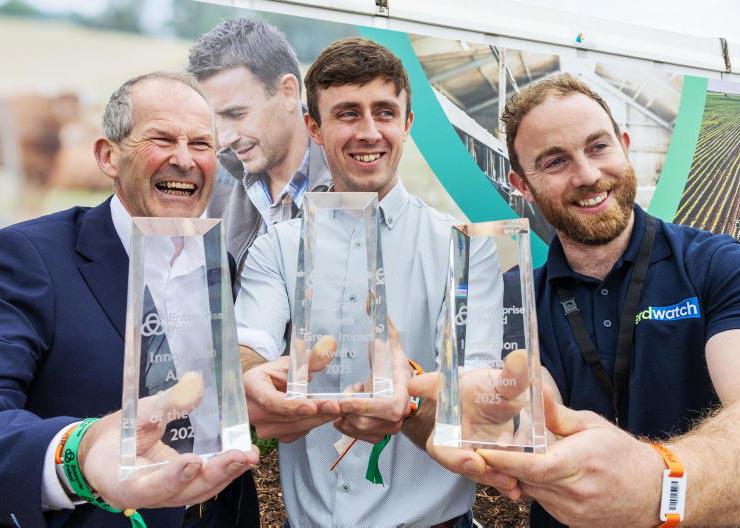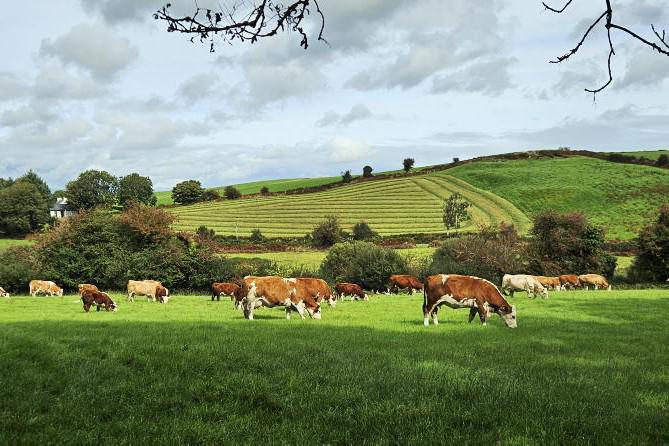Every January, we scan both the sheep and the cows.
I am always keen to know how we have done and always nervous in case they have not performed as well as we hoped, even if we can do nothing about it at this stage. First up were the sheep and although it is my eldest son’s enterprise, I am still keen to see them doing well for him. Our aim is to get as close to two lambs per ewe as possible. William only leaves the rams with the ewes for two cycles, so it does not leave much room for mistakes.
During the scanning, I was at the back of the race and did not really hear how many lambs were in each ewe, but I was getting a feeling that there were too many singles. When all was counted up, it was just as I thought.
When I look at the sheep, it is pretty hard to nail down why there were so many singles
There were more singles than other years, although also over 40 sets of triplets, which brought up the average to about 200% and made the scanning look fairly good. But overall, I would have preferred more twins, less singles, and less triplets.
When I look at the sheep, it is pretty hard to nail down why there were so many singles. The only reason I can come up with is that it is because the ewes are in really good flesh (much better than other years).
Perhaps those with singles actually started with twins and absorbed one foetus because they were too fat – or maybe I’m clutching at straws.
Ewe lambs
We also scanned the ewe lambs, which turned out to be a little up and down, with probably too many twins and too many empty. With ewe lambs, we much prefer to only have a single lamb.
I think most did not come into season in the first cycle, then they all came together. This meant that the ram was too busy and probably missed some.
But all in all, there will be plenty of lambs – it is just that there might have to be more fostering done than we would have liked.
Autumn calvers
Last year, I was extremely disappointed when we scanned autumn-calving cows and heifers, and never really came to any definitive conclusion as to what went wrong.
But I suspected my silage and feeding might not have been good enough, so this time I had better quality silage and fed more meal.
Even after doing this, I was still extremely nervous. I had seen some activity since I had stopped inseminating.
Like last year, I only had a six-week breeding period. I know this is very short and does not leave much room for making mistakes. However, it makes management so much easier, with calves all the one size and age and with calving done outside, it is great to get it done in six weeks.
Scanning started with the heifers and all went well. There were no surprises, with all in-calf except the ones that I had seen coming back.
Then on to the cows, and again, I was happy enough. There was only one not in-calf that I expected to be pregnant. This animal was only AI’d once, so I do not know what went wrong.
There are a few cows not in-calf, but I had already seen them repeating. I am reasonably happy with the results, but there is still room for improvement.
One thing that is bugging me a little is that some of these cows not in-calf are young first calvers. I need to have a little think about this and see what I can do next time around.
Read more
Taken aback by trade at fatstock shows
Farmer Writes: stung by empty rate in autumn cows
Every January, we scan both the sheep and the cows.
I am always keen to know how we have done and always nervous in case they have not performed as well as we hoped, even if we can do nothing about it at this stage. First up were the sheep and although it is my eldest son’s enterprise, I am still keen to see them doing well for him. Our aim is to get as close to two lambs per ewe as possible. William only leaves the rams with the ewes for two cycles, so it does not leave much room for mistakes.
During the scanning, I was at the back of the race and did not really hear how many lambs were in each ewe, but I was getting a feeling that there were too many singles. When all was counted up, it was just as I thought.
When I look at the sheep, it is pretty hard to nail down why there were so many singles
There were more singles than other years, although also over 40 sets of triplets, which brought up the average to about 200% and made the scanning look fairly good. But overall, I would have preferred more twins, less singles, and less triplets.
When I look at the sheep, it is pretty hard to nail down why there were so many singles. The only reason I can come up with is that it is because the ewes are in really good flesh (much better than other years).
Perhaps those with singles actually started with twins and absorbed one foetus because they were too fat – or maybe I’m clutching at straws.
Ewe lambs
We also scanned the ewe lambs, which turned out to be a little up and down, with probably too many twins and too many empty. With ewe lambs, we much prefer to only have a single lamb.
I think most did not come into season in the first cycle, then they all came together. This meant that the ram was too busy and probably missed some.
But all in all, there will be plenty of lambs – it is just that there might have to be more fostering done than we would have liked.
Autumn calvers
Last year, I was extremely disappointed when we scanned autumn-calving cows and heifers, and never really came to any definitive conclusion as to what went wrong.
But I suspected my silage and feeding might not have been good enough, so this time I had better quality silage and fed more meal.
Even after doing this, I was still extremely nervous. I had seen some activity since I had stopped inseminating.
Like last year, I only had a six-week breeding period. I know this is very short and does not leave much room for making mistakes. However, it makes management so much easier, with calves all the one size and age and with calving done outside, it is great to get it done in six weeks.
Scanning started with the heifers and all went well. There were no surprises, with all in-calf except the ones that I had seen coming back.
Then on to the cows, and again, I was happy enough. There was only one not in-calf that I expected to be pregnant. This animal was only AI’d once, so I do not know what went wrong.
There are a few cows not in-calf, but I had already seen them repeating. I am reasonably happy with the results, but there is still room for improvement.
One thing that is bugging me a little is that some of these cows not in-calf are young first calvers. I need to have a little think about this and see what I can do next time around.
Read more
Taken aback by trade at fatstock shows
Farmer Writes: stung by empty rate in autumn cows










SHARING OPTIONS